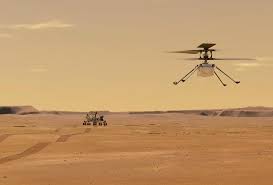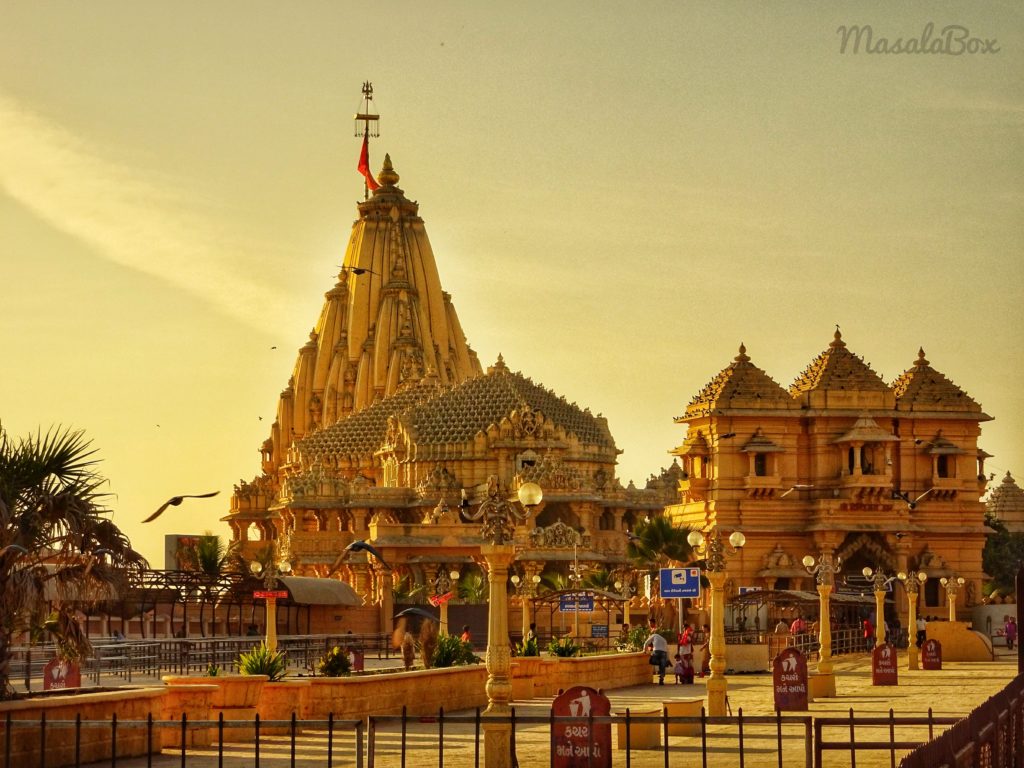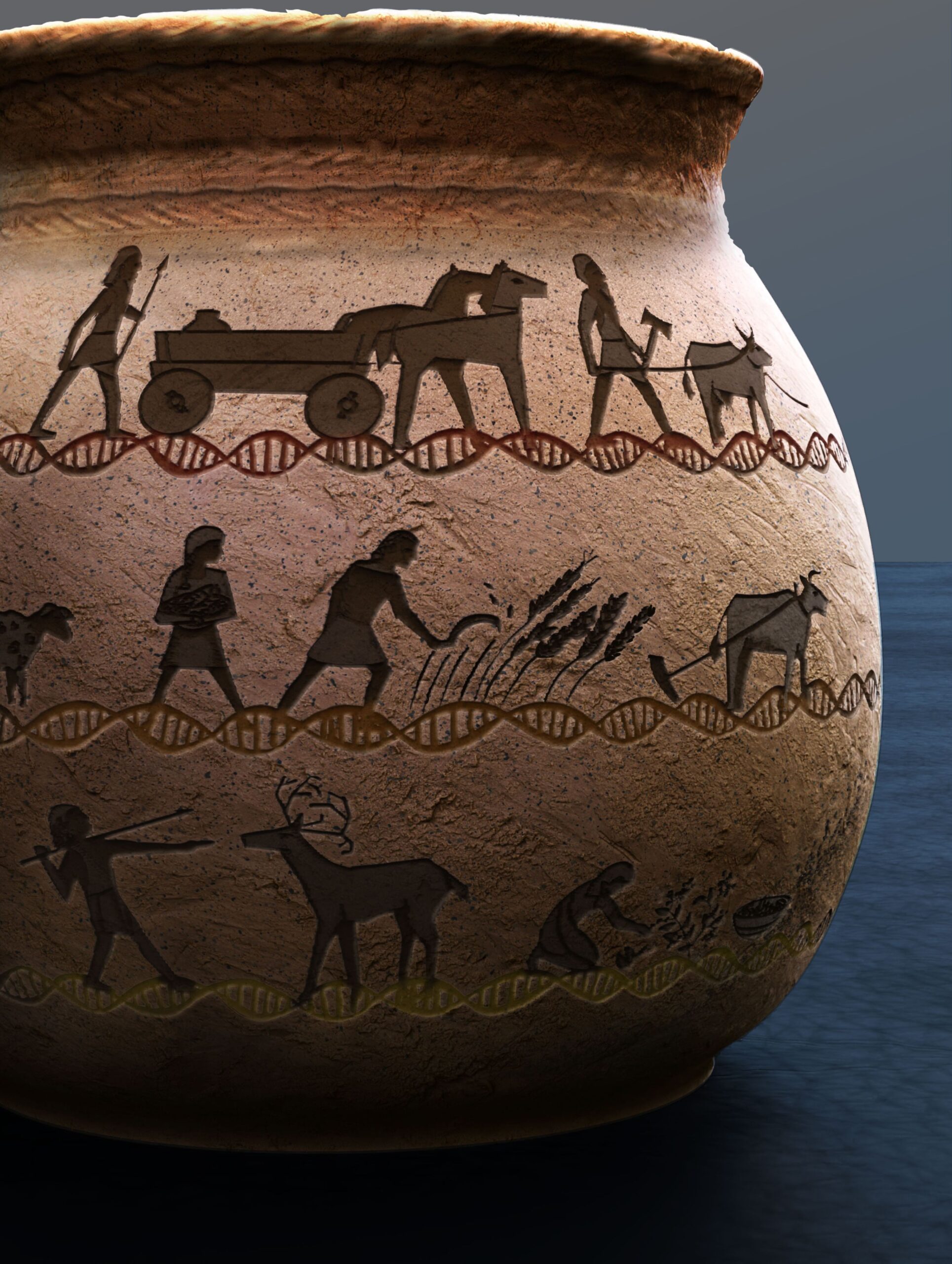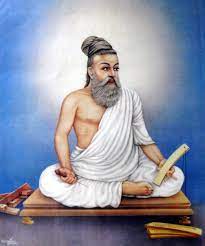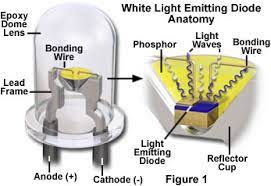- NASA’s Mars helicopter, Ingenuity, has reconnected with Earth following a brief communication loss during its 72nd flight on the Red Planet.
- This astonishing solar-powered robotic helicopter has achieved unprecedented achievements in interplanetary aviation, including powered, controlled flight on Mars.
About Ingenuity
- Ingenuity made its first landing on Mars on February 18, 2021, alongside the Perseverance Rover. On April 19 of that year, it made the first powered extraterrestrial flight in human history.
- Launch and Deployment: On July 30, 2020, NASA launched a spacecraft carrying the Perseverance rover with Ingenuity aboard. On April 4, 2021, the helicopter was deployed on the Martian surface after finding an appropriate “airfield” position.
- Experimental Purpose: Ingenuity’s primary purpose was to test powered, controlled flight on another celestial body.
- history Flight: During its first flight, Ingenuity hovered, covered the same area, and remained airborne for an impressive 39.1 seconds, setting a history record.
Challenges and Impressive Record
- Vast Distances: Despite the comparatively short travel time, Mars’ distance from Earth of nearly 225 million kilometres causes signal delays of 5 to 20 minutes.
- Ingenuity must withstand Mars’ harsh conditions, which include low atmospheric density, “continent-sized” dust storms, and other threats.
The Significance of Mars Flight
- Historical Milestone: On April 19, 2021, Ingenuity’s first flight celebrated two great milestones. First and foremost, it was the first aeroplane to fly on another planet. Second, it worked in Mars’ thin atmosphere, which was unsuitable for conventional flight.
- Challenges of Martian Flight: Ingenuity’s flight on Mars proved difficult due to the planet’s reduced gravity, one-third that of Earth, and its relatively thin atmosphere, with only 1% of Earth’s surface pressure.
- Autonomous Operation: Ingenuity is an autonomous aircraft piloted by onboard guidance, navigation, and control systems that use algorithms developed by NASA’s Jet Propulsion Laboratory. Perseverance serves as a vital link between the helicopter and Earth.
Evolving Mission Role
- Ingenuity’s mission grew beyond limited flights to include scouting and exploration. It helped Perseverance navigate Martian terrain efficiently, avoiding unexceptional rocks and increasing mission efficiency.
- Impressive flying Record: Prior to the current contact breakdown, Ingenuity conducted 72 flights, amassing more than 128 minutes of flying time and travelling a total distance of 17.7 kilometres, according to the mission’s flight log.
Source: https://www.nasa.gov/news-release/nasas-ingenuity-mars-helicopter-succeeds-in-historic-first-flight/

